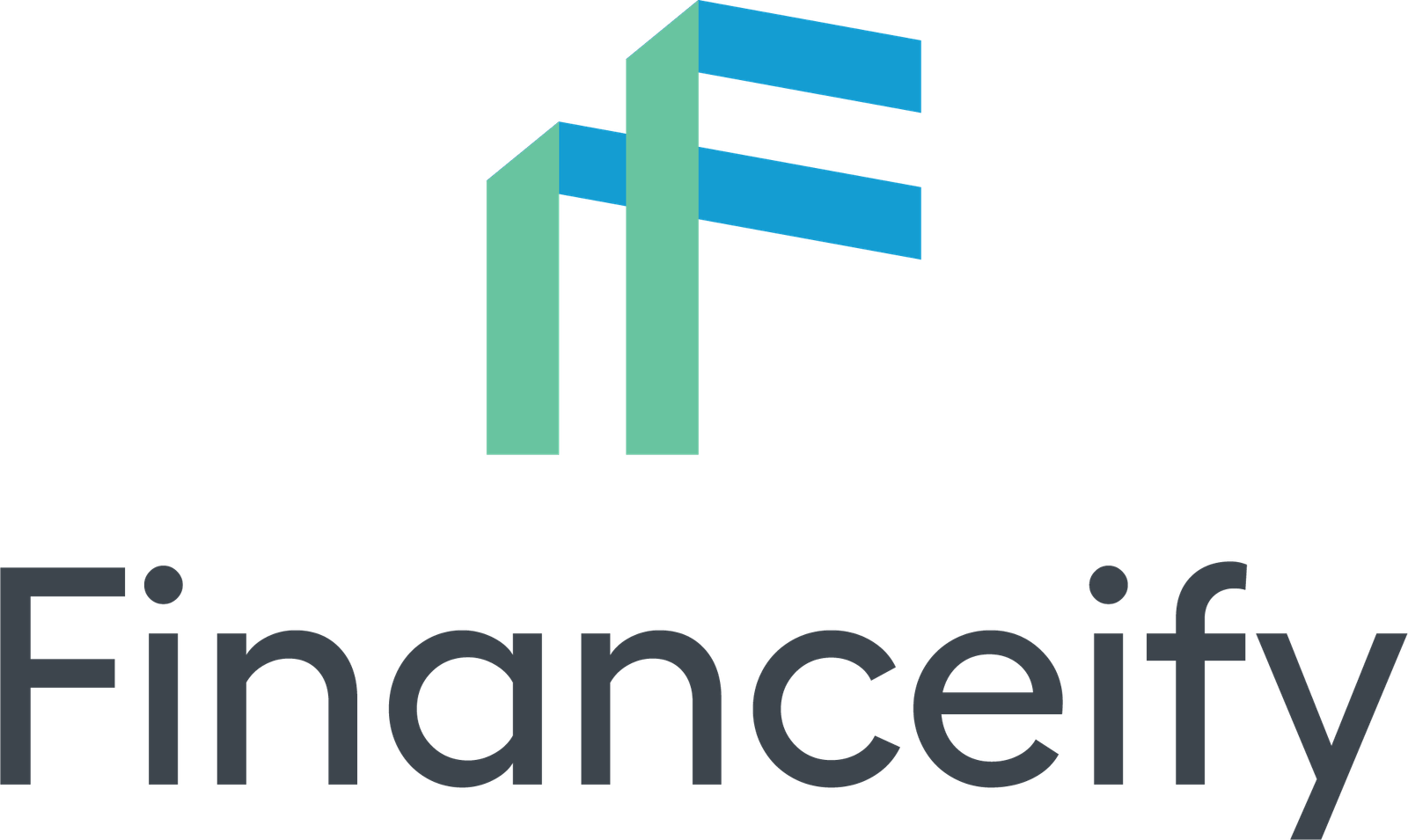Securities and insurance regulators are joining forces to address long-standing concerns about cost disclosure by mutual funds and segregated funds.
The Canadian Securities Administrators (CSA) and the Canadian Council of Insurance Regulators (CCIR) have jointly published proposals aimed at providing investors with ongoing reporting of the total fees and costs associated with unit trusts. The proposals published on Thursday would apply to both investment funds (such as mutual funds and ETFs) and segment funds.
Under the proposal, securities firms would be required to disclose the fund expense ratio – defined as the sum of the management expense ratio (MER) and the trading expense ratio (TER) – for each fund, presented to investors as a percentage on their client’s account statements.
Annual cost and compensation reports would be required to disclose these fees in dollars, as well as any other direct fees, such as redemption fees and short-term transaction fees.
Fund managers would be required to provide the information necessary to disclose this information to dealers and advisers preparing reports for clients.
The proposals would require insurers to provide similar information. Companies would need to include a fund expense ratio for each fund held under a segmented fund arrangement, expressed as a percentage. For the entire deal, they would provide annual disclosure in dollar terms of fund expenses, insurance bond costs, and all other expenses.
“The proposals are part of a harmonized response by Canadian securities and insurance regulators to the concerns we have identified regarding ongoing cost disclosure and product performance reporting requirements for mutual funds and segregated funds,” said Louis Morisset, CSA chair and president and director General of the Autorité des marchés financiers (AMF) in a statement.
Doubts about the adequacy of cost reporting arose immediately after the reform of the customer relationship model (CRM2), which came into force in 2016. These rules provided investors with greater insight into distribution costs, but did not fully take into account investors’ costs.
The disparity between disclosure requirements in the securities industry and the insurance industry has long been a problem, particularly when it comes to similar products such as mutual funds and segment funds.
“We seek to enhance investor protection by improving investor and policyholder awareness of the ongoing, embedded costs of holding investment funds and segregated funds, which include management fees and transaction costs,” Morriset added.
In addition to investor protection benefits, regulators noted that greater cost transparency “could encourage greater competition, which would benefit investors and policyholders.”
The proposals, which are open for comment until July 27, are expected to enter into force in September 2024. This assumes government approvals will be obtained by the second quarter of 2023, which will provide the industry with a transition period.
Under this timeline, dealers would be required to begin providing customers with quarterly disclosures of accounting statements for the fourth quarter of 2024, with the first annual disclosures required by the end of 2025. Insurers would also be required to provide annual reports by the end of 2025, with semi-annual disclosures effective from mid-2025
“We know that developing and implementing system improvements to implement the proposals will require a significant investment of time and resources from industry stakeholders. However, we strongly believe that providing both investors and policyholders with the necessary information on the ongoing costs of embedded investment funds and segregated funds at the earliest possible date is a priority,” the regulators said in the joint proposal.
Regulators also suggested that the industry start planning for changes, noting that the proposals are based on already conducted consultations with investor advocates and industry groups, as well as investor testing.
“We strongly encourage registrants and insurers to consider reviewing their systems and undertake advanced planning as soon as possible to ensure that all necessary resources are available in time for implementation, upon final publication and subject to the required ministerial approvals,” he said. Morisset.
The proposals were developed jointly by the CSA, CCIR, the Canadian Insurance Regulatory Organization, the Investment Industry Regulatory Organization of Canada and the Canadian Association of Mutual Fund Dealers.
As with the CRM2 reforms, self-regulatory organizations are expected to make their own amendments to adopt new requirements in their regulations.


